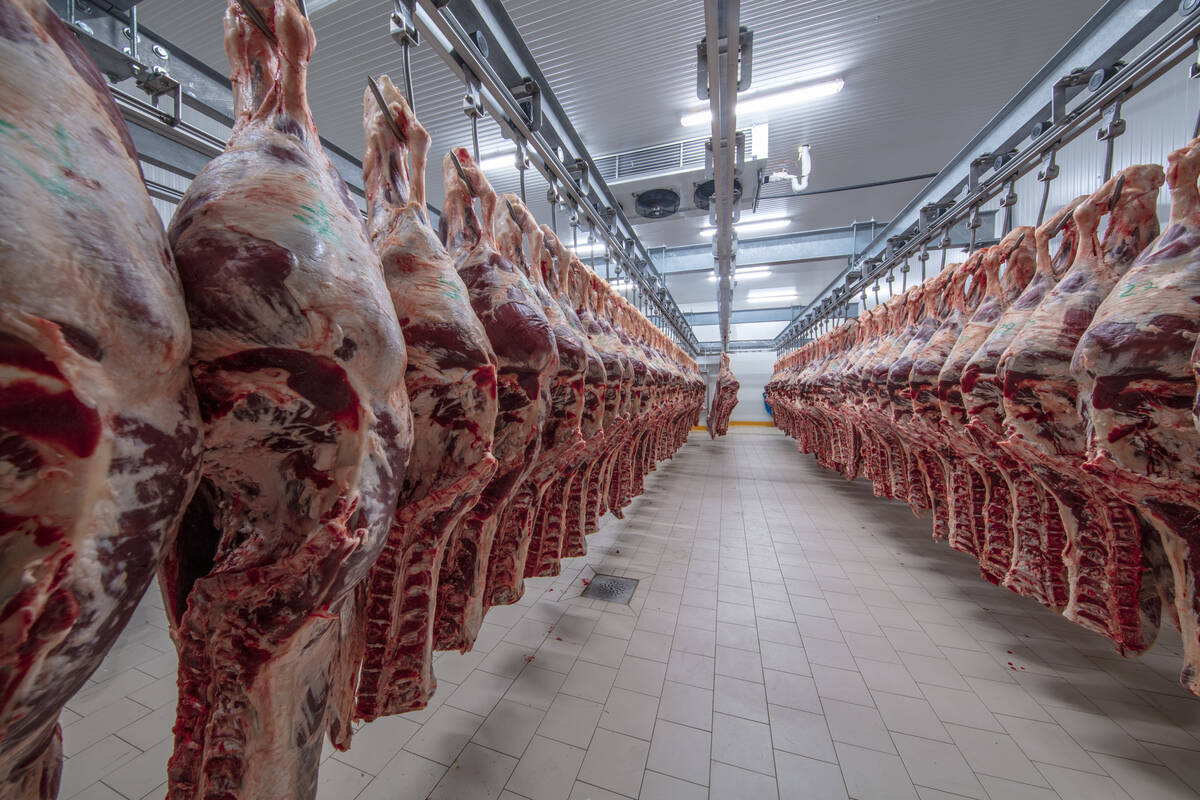Chicago | Reuters — U.S. live cattle and feeder cattle futures fell as much as 1.8 per cent on Tuesday as investors took profits after prices hit a one-week high in the previous session, traders and analysts said.
A government report on Monday showing bigger beef supplies than a year ago also weighed on futures at the Chicago Mercantile Exchange while smaller stockpiles of pork lent some support to lean hog futures.
Some investors were closing out their positions ahead of the U.S. Thanksgiving Day holiday on Thursday, heading to the sidelines after a period of high volatility that saw live cattle contracts reaching 1-1/2 month highs in the final days of October before tumbling to lifetime lows on Nov. 17.
Read Also

U.S. livestock: Cattle make small gains, hogs fall
Chicago cattle futures made modest gains on Monday while hogs pulled back. Most-active February live cattle closed at 230.550 cents…
“I’m really at a loss,” one cattle trader in Kansas said, adding that he expected higher futures prices amid forecasts for snowy weather in the U.S. Plains that could slow movement of the animals to market.
December live cattle settled 1.925 cents lower at 130.25 cents/lb. while more-active February futures eased 1.7 cents, to 132.5 cents/lb. (all figures US$).
Feeder cattle futures for January delivery declined 0.725 cent, to 164.675 cents/lb.
The U.S. Department of Agriculture in a monthly cold storage report late on Monday said there were 511.58 million lbs. of beef in cold storage as of Oct. 31, up sharply from 380.93 million lbs. a year ago.
USDA showed smaller-than-expected pork supplies, with frozen stocks of pork at 602.66 million lbs., up sharply from last year, but eight per cent lower than a month ago.
Lean hog futures earlier in the session rose one per cent or more, before giving back those gains. December hogs were down 0.225 cent, to 57.225 cents/lb., and most-active February eased 0.775 cent, to 57.5 cents per lb.
Hog prices remained above their nearly seven-year low reached earlier this month, and prices were recovering even as the market remained anchored by plentiful supplies of hogs and pork.
The low prices could be enticing demand, too, with hams competing with relatively higher-priced turkey meat during the holiday season.
“It definitely feels like the market is trying to put a bottom in,” said hog trader James Burns.
— Michael Hirtzer reports on ag commodity markets for Reuters in Chicago.














